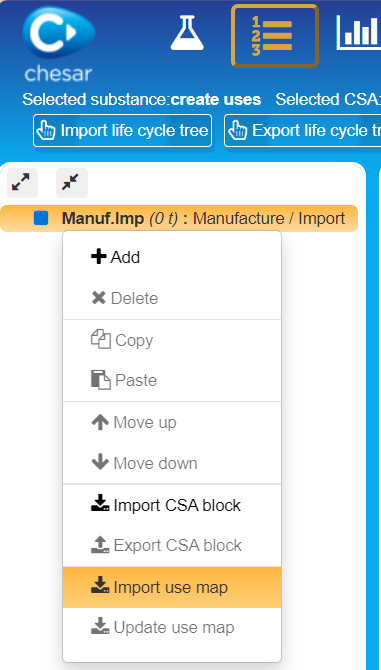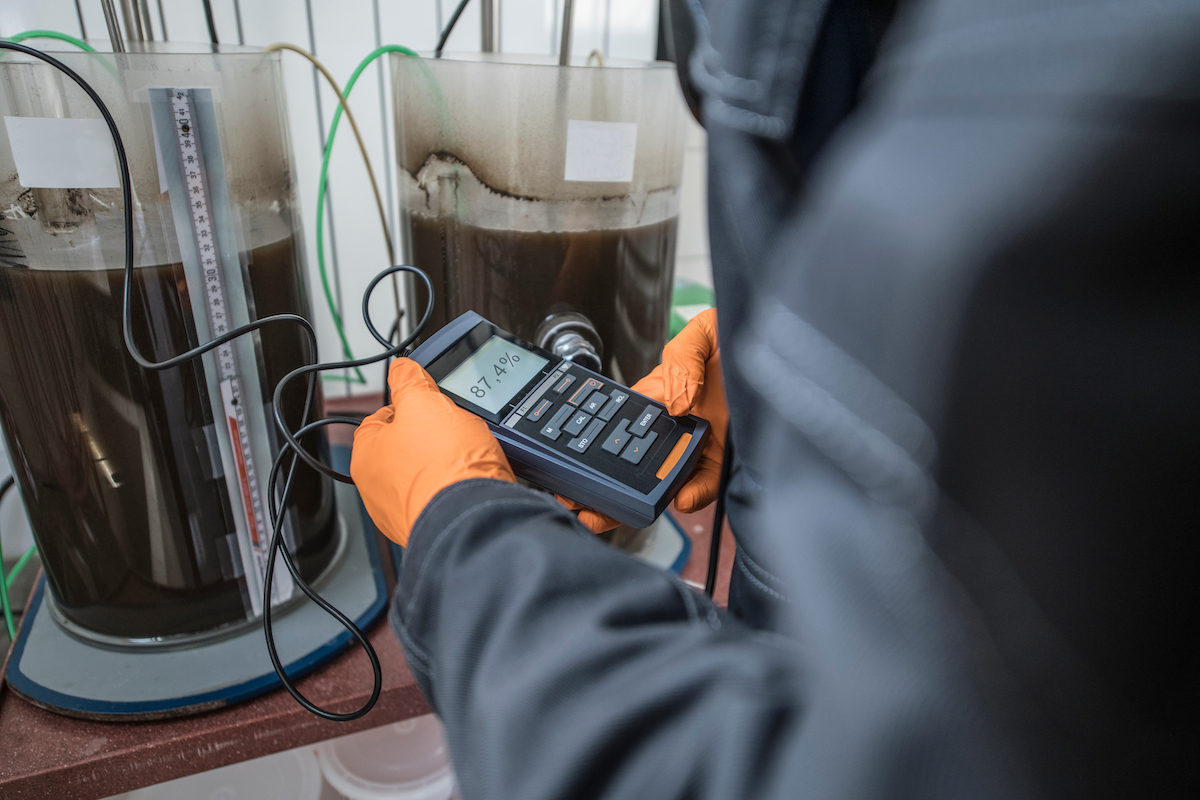Exposure Work

Use Maps
ESIG has updated its use maps. The main changes are:
- All 5 use maps using volatility bands & DNELS have now been combined into one overall use map.
- Product Categories and SpERCs were added and there are also some changes to improve and align risk management measures such as use gloves as default.
- Most importantly: For the very first time and after many months of reflection, exchanges, tests and trials, SWED codes were added for the professional workers.
SWEDs are Sector-specific Worker Exposure Descriptions, which can be selected as assessment inputs in Chesar* when performing the exposure assessment for a substance. Each SWED integrates optimal conditions of use and risk management measures based on Industrial Hygiene criteria (in line with the hierarchy of control principles). Recipients of the Exposure Scenarios can use this as input for their workplace risk assessments. This simplifies and streamlines the chemical safety assessment process.
ESIG SWED codes follow the Industrial Hygiene Hierarchy of Control and can be used for all ingredients in a mixture. As an outcome of the risk assessment, the assessor receives only the SWED code and the maximum safe use concentration. Contrary to Downstream Users (DU) use maps that usually contain one SWED per activity, the GES has multiple SWED options per PROC for the assessor to select the most appropriate one.
Formulators and Downstream Users (DU) can formulate their SUMI (Safe Use Mixture Information) based on the SWED codes and link their DU use maps (also based on SWEDs) to ESIG GES SWED codes.
The content and structure of the GES remain the same (e.g. same title, same set of ERCs/PROCs, same standard phrases in the title section).
This use map was developed to be compatible with Chesar 3.7.3.
Please note that the related excel files for the GES will only be updated upon request. Hence, they won’t be downloadable anymore but need to be ordered should anyone still want to use them.

*Chesar, short for CHEmical Safety Assessment and Reporting tool is an application developed by the European Chemicals Agency (ECHA) to help companies carry out their chemical safety assessments (CSAs) and to prepare their chemical safety reports (CSRs) and exposure scenarios (ESs) for communication in the supply chain.

SpERCs
For the estimation of environmental exposure, we have developed Specific Environmental Release Categories (SpERCs). These categories offer sector-specific release fractions, along with associated operational conditions (OCs) and risk management measures (RMMs).
SpERCs are described in factsheets, containing quantitative release factors for air, water and soil to be integrated into exposure assessment tools. The SpERCs Factsheets also provide descriptive information on the conditions under which the release factors apply. Background documents provide further information on how the refined SpERCs emission values were derived.
ESIG has now concluded the update of the remaining factsheets and provision of several background documents.
Exposure Study Using Robots
Although the consumer painting exposure project initially showed promise, it is currently on hold due to issues encountered during pilot trials in the environmental chamber. Discrepancies in the Photoionization Detector (PID) readings were observed, prompting a temporary halt.
Currently, the project lead (LOA Consortium) is still evaluating the best options on how to continue with the involved research institutes.
Meantime, the results of a previous study were published. In this study, a robot was programmed to use two different spray products (aerosol cans), during which air samples for VOCs including acetone, isopropyl alcohol, and 2-butoxyethanol were collected. This study complements exposure measurement data with detailed contextual information to help characterize inhalation exposures. In addition, the study offers a systematic, efficient method for generating exposure data which can be used to improve health and safety risk assessments used for public health protection. The comparison of the measured data to models is ongoing.
